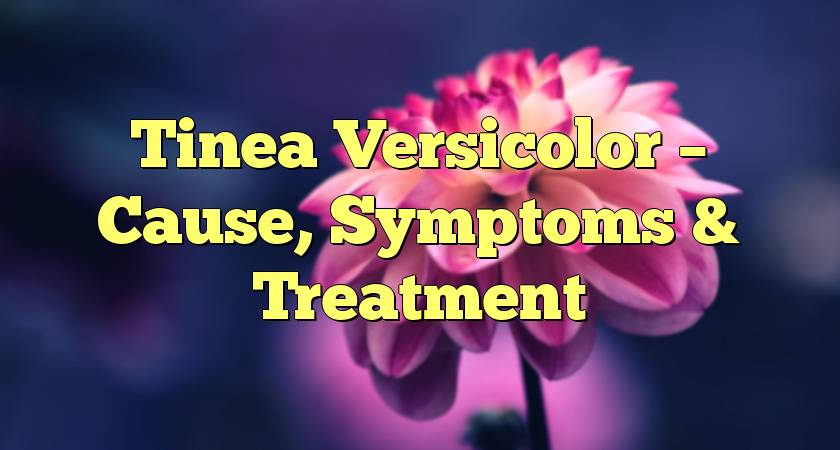 Tinea versicolor is a very common fungal infection of the skin. It’s also sometimes known as pityriasis versicolor. This condition is seen most often in young adults and teenagers. Sometimes spending too much time in the sun can make the condition more visible, but tinea versicolor is not contagious and is typically not painful. If anything, the most common symptoms or complaints that come with tinea versicolor are feelings of self-consciousness. Luckily, there are treatment options available to help. Signs & SymptomsYou may have tinea versicolor if you are experiencing patches of skin discoloration. It’s just one of the common causes of hypopigmentation. The discolored skin that comes with this condition can be abnormally lighter (or darker) patches of skin. These areas of discolored skin are most commonly found on the torso and upper body. Sometimes discoloration also appears on the back or arms. It can be tricky to identify for sure as patches can look like spots that don’t tan as your other skin does. They can also, although less often, be scaly or itchy. Causes Of Tinea VersicolorHaving the signs and symptoms of tinea versicolor does not necessarily mean that a person has unhealthy skin. It’s caused by a yeast that we all have naturally living on our skin – it just gets a bit out of control sometimes, and that’s when it causes the symptoms we see as discoloration. Tinea versicolor can flare up due to a variety of different factors including environmental conditions. Here are some of the most common factors that contribute to a flare-up: WeatherHumid or hot weather conditions can make tinea versicolor more visible. These weather conditions can irritate the skin and cause the fungus to become more apparent. Excessive heat or a large amount of sweating can make tinea versicolor stand out. Changes in hormonesThere is a reason that tinea versicolor is more common among teenagers and young adults. Hormonal changes play a large role in contributing to tinea versicolor becoming visible on the skin. Problems with immunityA weakened immune system can significantly contribute to tinea versicolor overgrowing and becoming visible. This can be brought on from a variety of different medical conditions that weaken the immune system and expose it to potential problems. Is It Time To Visit A Doctor?Tinea versicolor can often be treated at home with certain remedies or by a care plan from your primary care physician. However, if you are struggling to maintain the self-care of your skin and are finding that you have large patches of tinea versicolor covering your body, it may be time to speak with a physician again. A doctor will be able to offer a variety of different treatment options for dealing with the condition. Treatment OptionsTypically, tinea versicolor is treated with anti-fungals. It depends on the area affected, but commonly this is prescribed in the form of a cream or body wash. These topical treatments usually include anti-fungal ingredients like zinc, clotrimazole and miconazole. They work by killing off the fungus to get it back under control. Once the fungal side is knocked back, it can then take up to a couple of months for your skin to regain it’s normal balanced color again. For more severe cases your doctor may also prescribe anti-fungal pills. These are a more dramatic approach however reserved for trickier cases as they can have unwanted side effects. Hence they are prescription only and will be closely monitored. For a more natural treatment option you may want to try tea tree oil based products. This is a natural anti-fungal, which can be prove very effective. Just be careful when using highly concentrated essential oils as they can be very potent. Natural Prevention?You may not be able to prevent ever getting a flare-up, but you can certainly help limit how often it happens — and how severe. Warmth and humidity are key factors, so it can help greatly to avoid using oily skin creams, and wearing looser fitting natural fabrics to keep sweating and moisture build up to a minimum. Avoiding the sun can help a lot too, and/or using sunscreens when sun expsosure is unavoidable. Gain Confidence and Get Your Life BackDoes your tinea versicolor have you feeling frustrated? Recurring episodes may feel frustrating. However, you should know that it is a completely normal skin condition that many people struggle with. With the approach though you can keep tinea versicolor mostly dormant. from https://www.smacr.com/hypopigmentation/causes/tinea-versicolor/
0 Comments
 It is often possible to recognize someone with the condition known as albinism by their pale appearance. Light skin, hair, and eyes are all common markers of albinism, though the degree to which the condition affects these traits varies from person to person. It is usually a hereditary disorder characterized by the body’s inability to produce melanin, and is therefore one of the known conditions that can cause hypopigmentation. Melanin is a skin pigment that regulates the color of a person’s eyes, hair, and skin. There are different types of melanin in the human body and each individual has different levels of the pigment. These factors all contribute to the makeup of someone’s appearance. What Does Albinism Do?The most obvious signs of albinism are in the hair and skin. The disorder is associated with traits like white hair and light skin, often lighter than an individual’s close family members. This is not always true, but these are common indications of the condition’s presence. The outward appearance of albinism can also change throughout an individual’s life. Melanin production may increase at later stages, particularly during the late childhood and teen years. Freckles, moles, and freckle-like lentigines may develop over time, some with pigment and others without. While not a symptom, those with albinism are often at a higher risk of developing skin cancer, and the lack of melanin means skin burns easily in the sun. While white or brown hair is prevalent with albinism, individuals with African or Asian ancestry sometimes develop red- or yellow-hued hair. Like with the skin, hair color can sometimes darken with age. Regardless of hair color, eyelids and eyebrows are usually white or pale. The lack of pigmentation for people with albinism also affects the irises of the eyes. This creates the appearance of red eyes. While those with albinism may actually have light blue or brown eyes, the loss of pigment makes the irises translucent, reflecting a red tint in certain lighting conditions. A less obvious but more disruptive symptom of the condition is vision impairment. Eye and vision problems are common to all types of albinism. This manifests in several different ways, including:
Are There Different Types Of Albinism? What Causes Albinism?There are two primary categories of albinism, along with secondary types produced by other conditions. Oculocutaneous albinism, or OCA, is the most prevalent form of the disorder. OCA develops when babies receive one mutated gene from each parent. When anyone thinks of the physical features of albinism, like light complexion and hair, it is usually from this variant. Vision complications are common with OCA. Ocular albinism is another primary type of the disease. Only males develop this form of albinism. It is inherited from their mother via a mutated X chromosome. Ocular albinism is more rare, and its symptoms only affect eyesight. If not hereditary, albinism can occur as a secondary condition to other hereditary disorders such as Hermansky-Pudlak syndrome and Chediak-Higashi syndrome. Both syndromes have a number of separate symptoms, along with OCA. How Is Albinism Diagnosed?Albinism is often found by early childhood if not shortly after birth. An early sign in newborns is the lack of pigment in eyelashes and eyebrows. Doctors can perform eye exams and will monitor the baby for additional signs. Genetic testing is the easiest way to identify albinism. Families with a history of albinism in particular are encouraged to take this route. Doctors have to rely on visual clues, such as pigmentation change to determine if a patient has the condition. At that point, ophthalmologists can conduct eye exams specific to albinism. Albinism TreatmentWhile there is no cure for albinism, treatments are targeted at mitigating symptoms. The good news is that people with primary albinism, those not affected by other syndromes, have the same lifespan as anyone else. Managing albinism requires taking simple, common-sense precautions: avoiding the sun and using a sunscreen with a high SPF, wearing sunglasses, and working with an eye doctor to correct vision issues. from https://www.smacr.com/hypopigmentation/causes/albinism/ 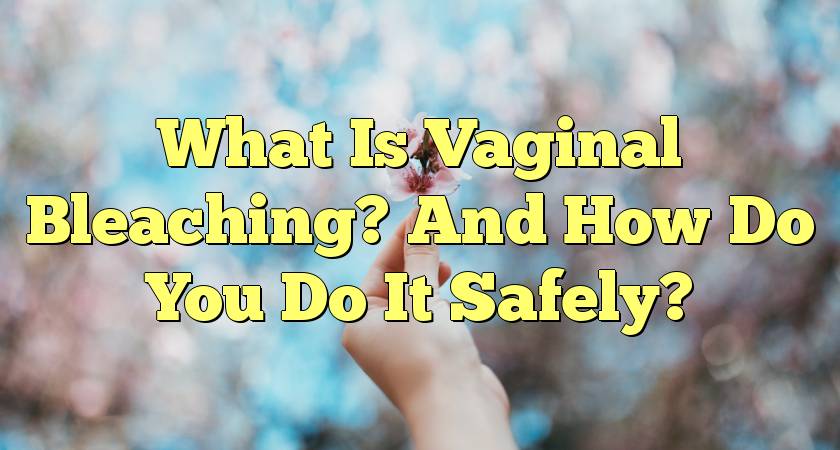 Be careful with this phrase before you act. First of all, ‘bleaching’ simply refers to lightening the skin, not the use of household bleach! That may seem obvious to most people but it is very important to be clear. Secondly, when we talk about vaginal bleaching, what we really mean is the area around the vagina and possibly lightening the labia too. It’s not considered safe to be trying to lighten what is considered an internal area. Why Would You Want To Do This?Some of us have vaginas that are a lot darker than others. Yes, it’s entirely natural – the color of skin in this intimate area can vary a lot from woman to woman. But just because it is natural does not mean we are all happy about it. Aging is natural, and most of us like delaying the wrinkles as long as possible, right? So bleaching your vagina has become a much more commonplace thing. It’s not weird, it’s not wrong – it’s just a personal decision just like any other related to our appearance. How Do You Bleach Your Vagina Safely?The safest way is to simply use a product that is designed for use on delicate areas of the body. Ideally a product that is specifically designed for lightening intimate areas. You can get natural lightening creams made for use anywhere on the body, and they will probably be fine. Our facial skin is quite delicate too, particularly near the eyes, as are armpits – another area where lightening creams are commonly used. So a product for general use may be OK to use – but it’s always best to check with the manufacturer first. If you are in any doubt at all it’s best not to use that product on your most delicate parts. Not when there are vaginal bleaching creams available anyway. Personally I only choose to use creams that use natural ingredients where possible. Hydroquinone is a popular (and effective) ingredient but it is really a product of 10 years ago. There are safety concerns with it’s use now. It has been banned in many countries, and there are simply better options now. So I wouldn’t use it in any product I put on my skin nowadays. The other way to be safer when lightening or whitening your vaginal skin, is to always do a ‘patch test’ first. And I don’t just mean near your vagina. Start with a very small area in a much less delicate place, such as your arm. Just apply a tiny amount and leave it for a day, and see if you have any itchiness or redness. If there is no reaction at all you can move on to testing a very small area near your vagina. If that doesn’t cause any problems then you should be OK to continue. But use a very small amount of product to start with (you really don’t need much anyway), and wash the area with a mild soap before you start. If you get any reaction then stop using the product. If the symptoms continue then seek medical advice. But don’t be overly concerned, reactions to properly designed products are very rare – and if you’ve already done a proper patch test there is even less chance that you’ll have any problem at all. from https://www.smacr.com/skin-whitening/intimate-areas/vaginal-bleaching/ 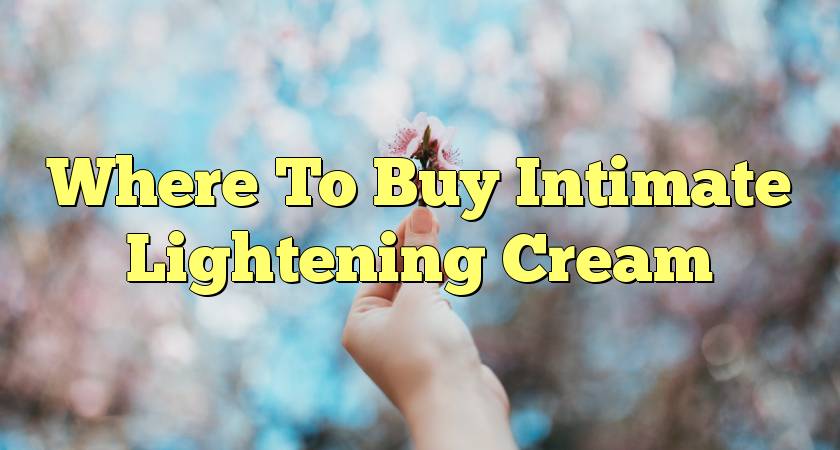 from https://www.smacr.com/skin-whitening/intimate-areas/where-to-buy-lightening-cream/
Whilst hypopigmentation simply means a lack of pigment in the skin, there can be a number of different causes. Here we briefly cover each of those different conditions. CONTENTS Hypopigmentation Scars Piebaldism Pityriasis Alba Albinism Tinea Versicolor Hypopigmentation From Birth Control References Vitiligo This is a very common condition affecting around 1% of the population … Continue reading "Hypopigmentation Causes: Conditions That Lead To White Spots & Patches On The Skin"
from https://www.smacr.com/hypopigmentation/causes/
There are a whole range of treatment approaches available. Which one is right for you depends greatly on the cause of the hypopigmentation. Although it will also be greatly impacted by local availability and the advice of your medical professional. Remember, hypopigmentation is any kind of white patch, scar or area on the skin caused … Continue reading "Hypopigmentation Treatment: Options For White Patches and Scars"
from https://www.smacr.com/hypopigmentation/treatments/ 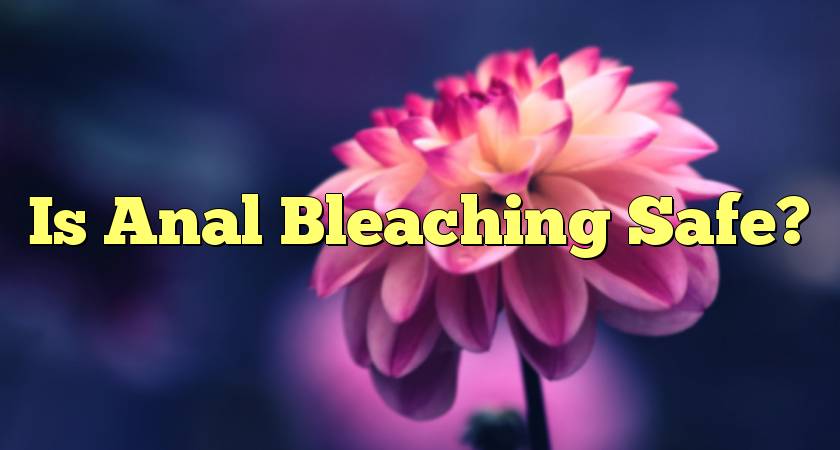 from https://www.smacr.com/skin-whitening/intimate-areas/is-anal-bleaching-safe/ 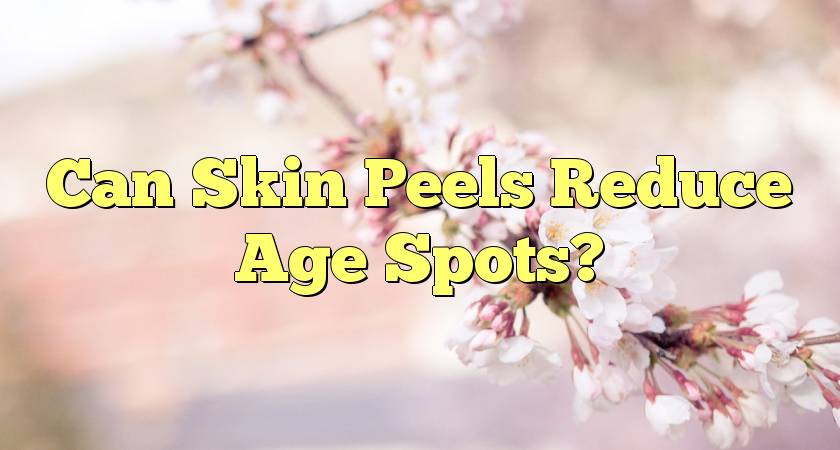 from https://www.smacr.com/hyperpigmentation/age-spots/skin-peels/  from https://www.smacr.com/hyperpigmentation/age-spots/caused-by-laser-hair-removal/ 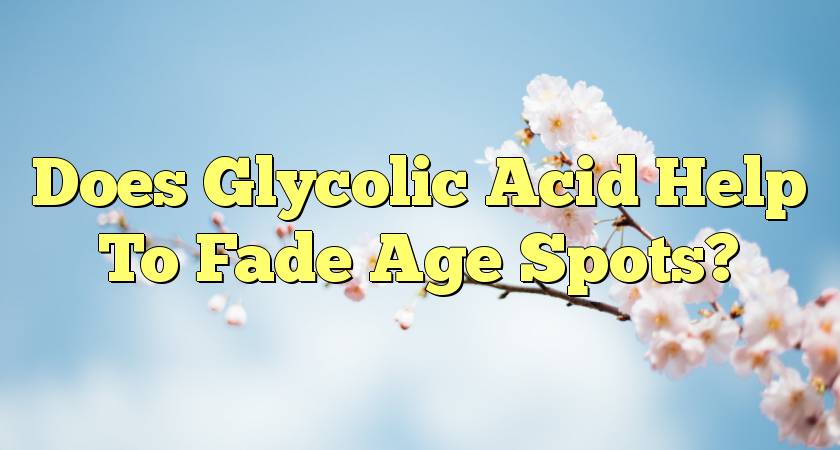 from https://www.smacr.com/hyperpigmentation/age-spots/glycolic-acid/ |
SMACR
This blog is about sharing beauty information, inspiration, tips and products. I also like to look at beauty from the inside out. Please enjoy, and let me know if you have any questions. Categories |

 RSS Feed
RSS Feed
